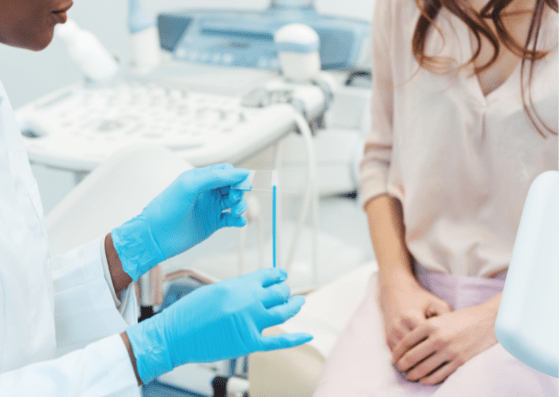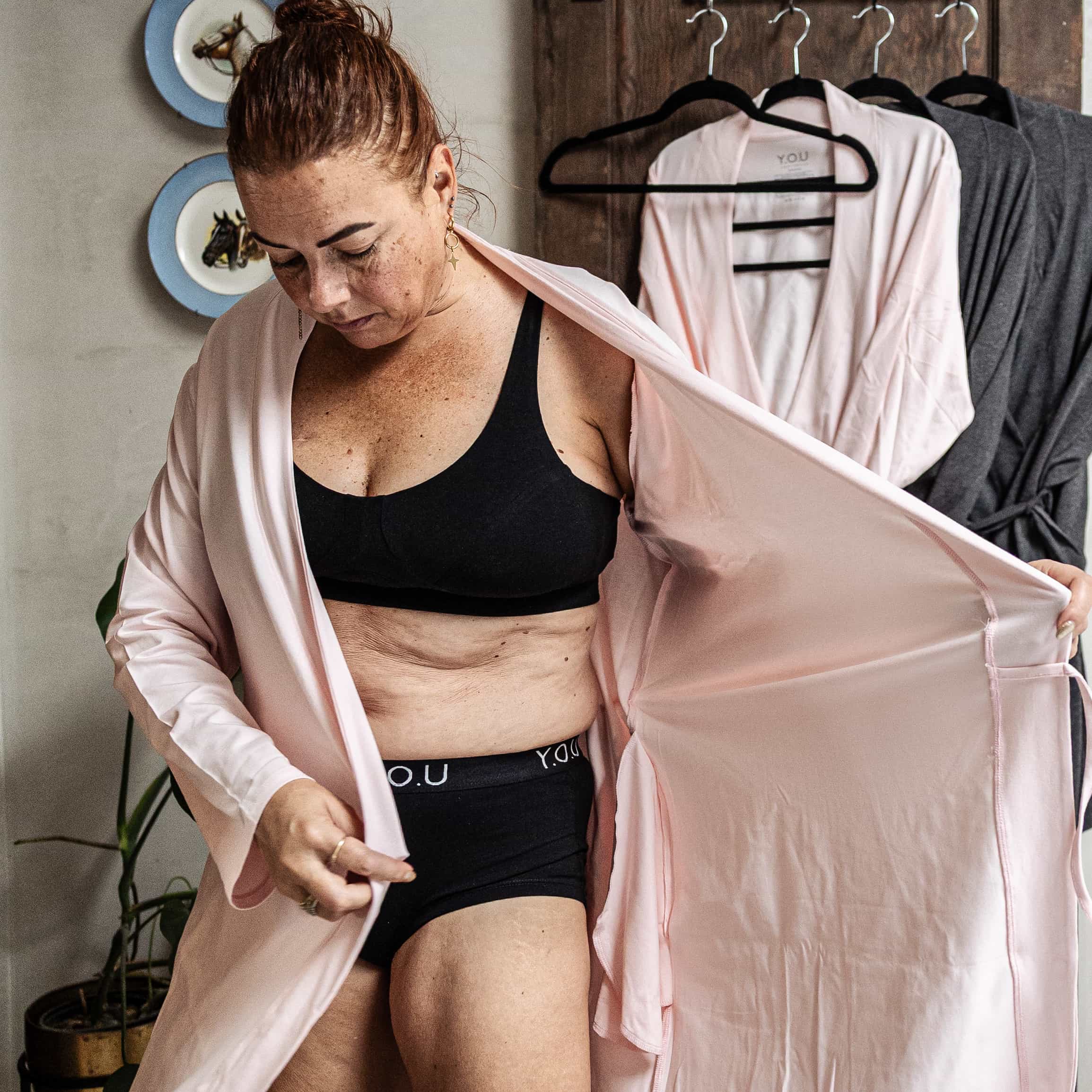
Everything you need to know about smear tests
It’s Women’s Check Up Day, an annual reminder to schedule routine check-ups. For those of us who put off appointments because of the pandemic, it’s time to get tested! Regular screening can help diagnose and treat health problems earlier.

We’ve already shared a guide on checking your breasts for signs of breast cancer, and today we’re focusing on cervical screening. It’s normal to feel apprehensive about getting your first (or seventh!) smear test, and we hope this guide helps put you at ease and book your next appointment.
What is a smear test?
A smear test checks the health of your cervix (the opening to your womb from your vagina). As the first stage of cervical screening, it is used to detect potentially cancerous processes in the cervix or colon. A smear test is not a test for cancer; it’s a test to help prevent cancer.
Who can have a smear test?
Women and people with a cervix aged 25 to 64 are eligible for a free smear test, and will be invited by letter. If you are aged 25 to 49, the NHS will offer you the test every 3 years, and this changes to every 5 years when you reach 50.
If you are a trans man or non-binary person and have a cervix, you should also have regular smear tests. If you are registered as male, you may not receive an invitation so ask your GP to arrange this for you.
Why should I have a smear test?
If you’re anxious about having your first smear test, you’re not alone. A study by Jo’s Cervical Cancer Trust found that body shame was a contributing factor for young women not attending their smear tests. Of the 2,017 British women asked, 35% were embarrassed about their body shape and 34% about what their vulva looked like, while 38% had concerns about smell. Any nurse will reassure you that there’s nothing to be ashamed about!

Hesitations about the procedure are valid, but it’s really important to get checked - even if you had the HPV vaccine when you were younger - because a smear test could save your life. Since being introduced in the UK, the incidence of cervical cancer has decreased by 44%.
By checking for abnormal cell changes in the cervix, regular check-ins, and necessary treatment, can prevent cervical cancer from developing. What’s more, smear tests can detect the early stages of cancer, before it progresses and you experience tell-tale symptoms. The earlier the prognosis, the higher chances of survival, making smear tests a vital preventive measure.
What happens at a smear test?
At the time of your appointment, you’ll be asked to undress behind a screen, from the waist down, and will be given a sheet to put over you. The nurse will then ask you to lie back on the bed, usually with your legs bent, feet together and knees apart. A smooth, tube-shaped tool called a speculum will be inserted into your vagina, and you can ask for lubrication to be used. The speculum is used to open the walls of the vagina so the nurse can see your cervix. This should not be painful, but it may be uncomfortable.
A soft brush will be inserted through the speculum, and rotated a few times to collect a small sample of cells from your cervix. The brush is washed in a specimen pot, which is sent to a lab for testing. The nurse will then close and remove the speculum, and leave you to get dressed.
The test only takes a minute or two, with the whole appointment usually lasting 10 minutes!
What is being tested?
Cervical screening looks for a virus in the cervix, called HPV. For a very small number of women the virus can be serious and cause cervical cancer. A smear test checks for these high risk types of HPV. You can find more information about HPV on the NHS website.
When will I get my results?
You can expect to receive your results by letter, usually within 2 to 4 weeks, which will explain what happens next.
If no high risk types of HPV were found, you do not need any further tests. 9 out of 10 women have a normal result, which means your cervix is probably healthy.
If you get an inadequate result, you’ll be asked to come back in 3 months to have the test again. This does not mean there is anything wrong. A secondary test is needed because the original results were unclear.
An abnormal test result means that high risk types of HPV were found, but this doesn’t mean you have cancer. While abnormal cells often go back to normal by themselves, they could develop into cancer if not treated. Cervical screening is designed to catch these cell changes early, and to treat them before they get a chance to turn into cervical cancer.
If high risk HPV was found with no cell changes, you’ll be invited for another cervical screening sooner to check the HPV has gone. If cell changes were found, you will be invited for a colonoscopy and further tests to determine if the HPV is cancerous, and will be guided every step of the way
How do I prepare for the appointment?

The first (and often hardest step) is booking your appointment. Once you have a date, you have time to prepare and source the information you need.
Your GP or sexual health clinic is there to put you at ease, and will put number of requested accommodations in place, such as ensuring a woman carries out the test or letting you bring a chaperone to squeeze your hand. If you think you might need more time, ask for a double booking. You should also let them know if you’re finding the test more difficult after going through the menopause, so you can be prescribed a vaginal oestrogen cream or pessary before the test. On the day, you may prefer to wear a skirt or dress, so you only have to remove your knickers.
It’s important to note that you are in control and can stop the test at any time. If at any point, you feel in pain, let your nurse or doctor know. They can put you into a more comfortable position or use a smaller speculum. Nurses are also great at distracting you with lighthearted conversation (or even a sing song!), and will do everything they can to make your smear test as quick and comfortable as possible.
Still feeling a bit uneasy? Check out these resources:
- Jo’s Cervical Cancer Trust - the UK's leading cervical cancer charity who offer a range of online and face to face support and information.
- Eve Appeal - a gynaecological cancer research charity that provides information about cervical screening and for trans, non-binary and intersex people.
- The NHS Smear Test Guide - an illustrated booklet that takes you through a smear test step-by-step.
- Live Smear Test and Q&A - in this video, Zoe Sugg takes us along to her smear test and asks her nurse viewers’ burning questions.
Written by Melissa Watt





















Leave a comment
This site is protected by hCaptcha and the hCaptcha Privacy Policy and Terms of Service apply.